The Indian Premier League (IPL) is a cricket tournament that involves sport, shows, and regional pride in a high-energy celebration. But beyond the matches, the architecture here is more than just walls and materials. It stands for people’s shared history, inventive design, and what unites a community. From their grand roofs to energy-saving additions, it shows the culture of each city.
Over the past 20 years, these stadiums have improved or been entirely rebuilt to match international requirements. Now, IPL venues include modern and traditional designs, capturing the changing style of Indian architecture. Explore the design of every home stadium belonging to the ten franchises competing in IPL 2025.

1. Narendra Modi Stadium, Ahmedabad (Gujarat Titans)
Previously named Sardar Patel Stadium, it holds the title of the largest cricket stadium ever built with a seating capacity of more than 132,000 people. Together, Populous and STUP Consultants arranged the stadium so every seat has good sightlines and the interior stays fresh.
Architects used minimal steel to enclose the stands with a roof that lets in natural light to flood the stands. Eleven center pitches and advanced LED lighting make the stadium suitable for cricket and other events alike. There is also a clubhouse with an Olympic-size swimming pool and other facilities that reflect the increasing variety in sports infrastructure. The architecture reflects Gujarat’s ambition to become a global hub for sports and cultural events.
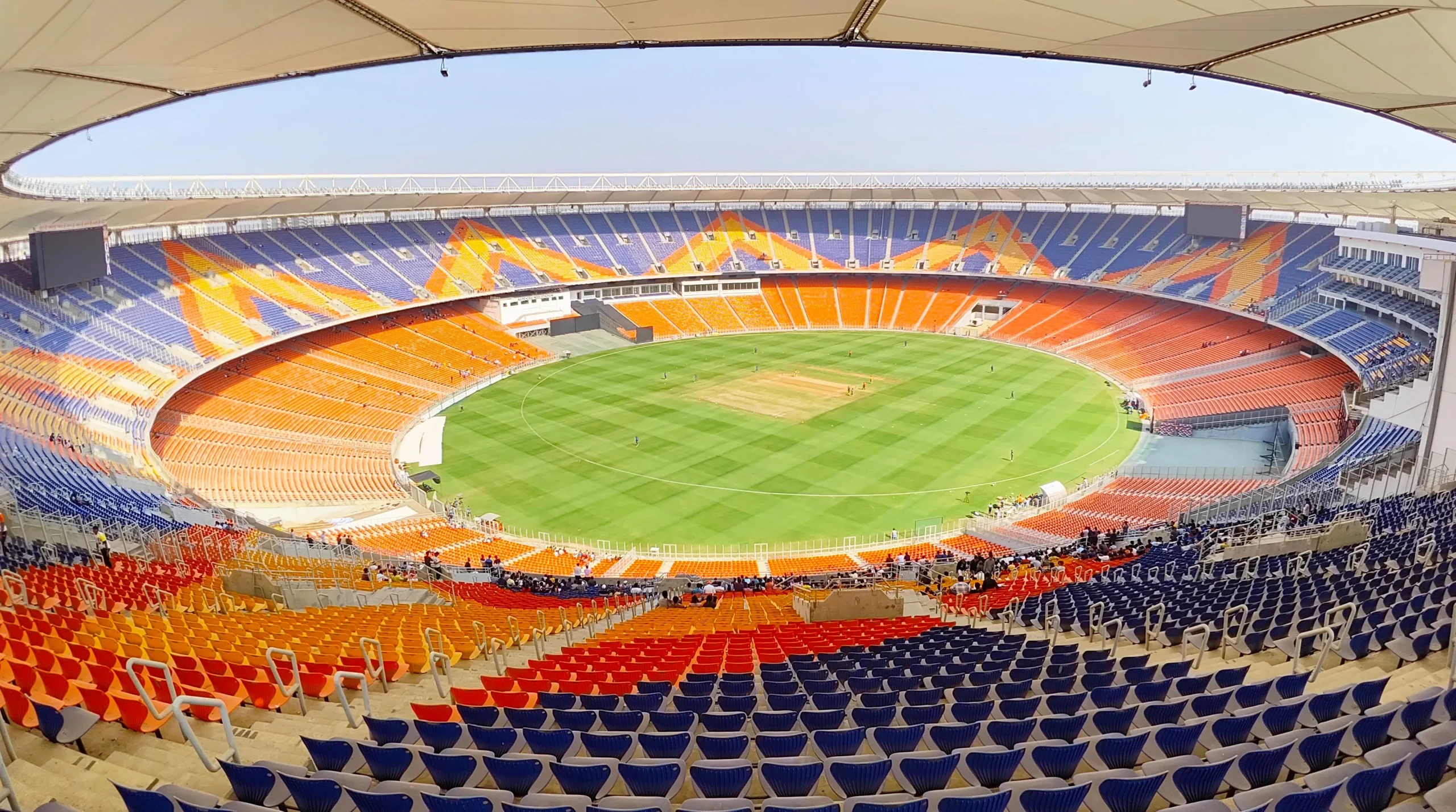
2. Wankhede Stadium, Mumbai (Mumbai Indians)
The stadium along Marine Drive has seen many famous cricketing moments. Its new features from the renovation for the 2011 World Cup include coverings made of PTFE membrane that shield but do not block your view. By lining up with the breezes from the Arabian Sea, the building doesn’t need much active cooling.
Also, the project is in the heart of Mumbai, so each decision had to keep the heritage, usefulness, and saving space in mind. Wankhede hosts IPL games, preserves iconic cricket memories, and showcases continuous innovation.

3. MA Chidambaram Stadium, Chennai (Chennai Super Kings)
The Chennai Super Kings play their home games at the M.A. Chidambaram Stadium, which captures the spirit of Tamil Nadu cricket. Since the changes, the stadium has stronger earthquake protection, more room for people to move, and better sports and media areas. All of the yellow seat material gives the venue its recognizable look.
Architects designed the new pavilions to channel airflow through the stands, helping manage temperatures during intense summer matches. Part of the renovation included intelligent lighting and better drainage, which is very important in Chennai as it’s commonly affected by monsoon flooding.
If you’re interested in stadium design and tensile architecture, explore the PAACADEMY sustainability workshop to learn how to design iconic structures with environmentally conscious principles.
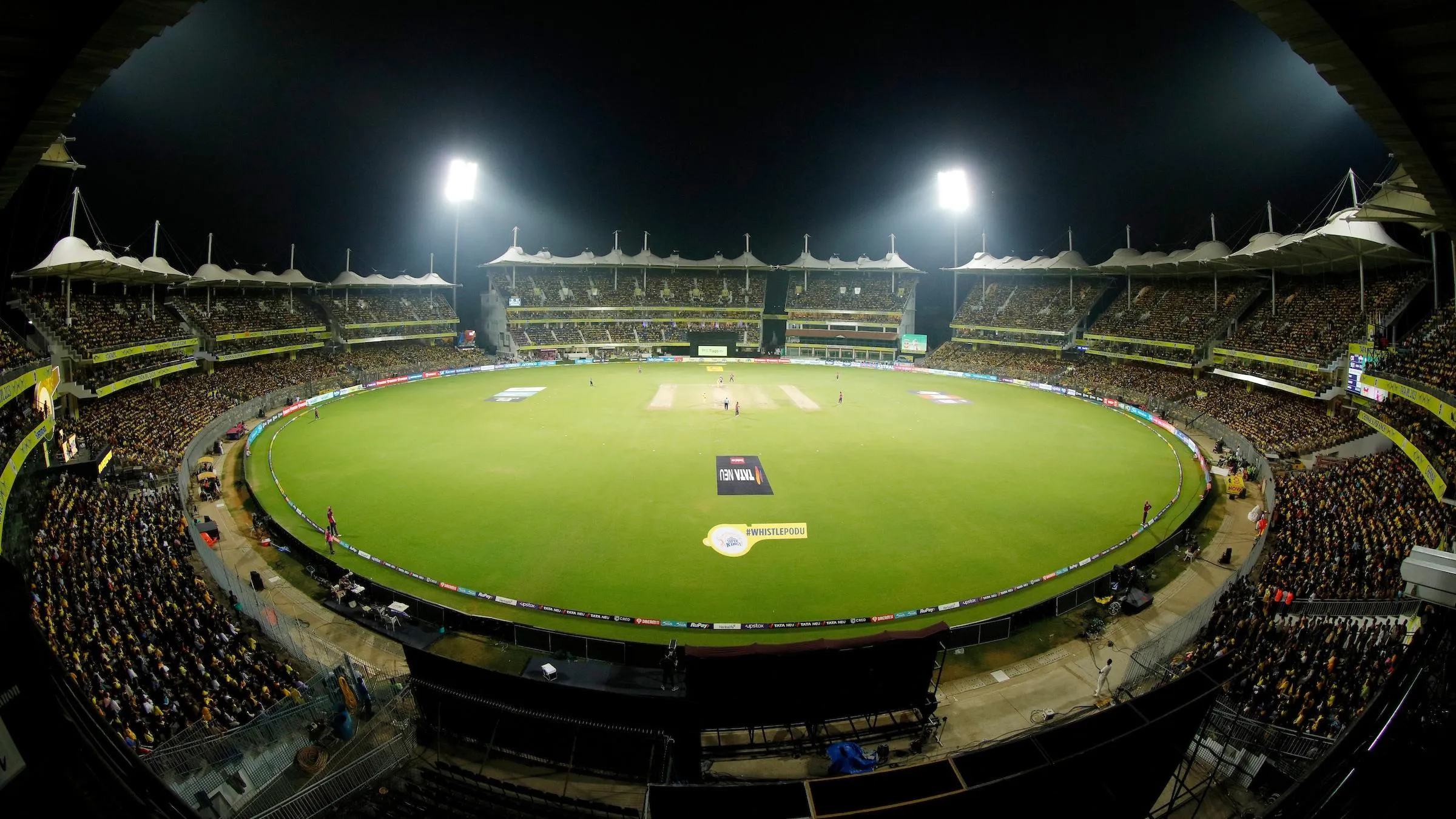
4. Eden Gardens, Kolkata (Kolkata Knight Riders)
Eden Gardens holds a long history, and Indian fans deeply value its legacy. New features included modular seating, better ways for rainwater to drain, and new facilities for play and spectating. Unlike most Indian stadiums, its architecture includes parts inspired by buildings from India’s colonial past.
The team installed smart infrastructure across the grounds, which now makes it easier to prepare for matches and events. It demonstrates that old sports grounds can change over the years, but their identity can endure.
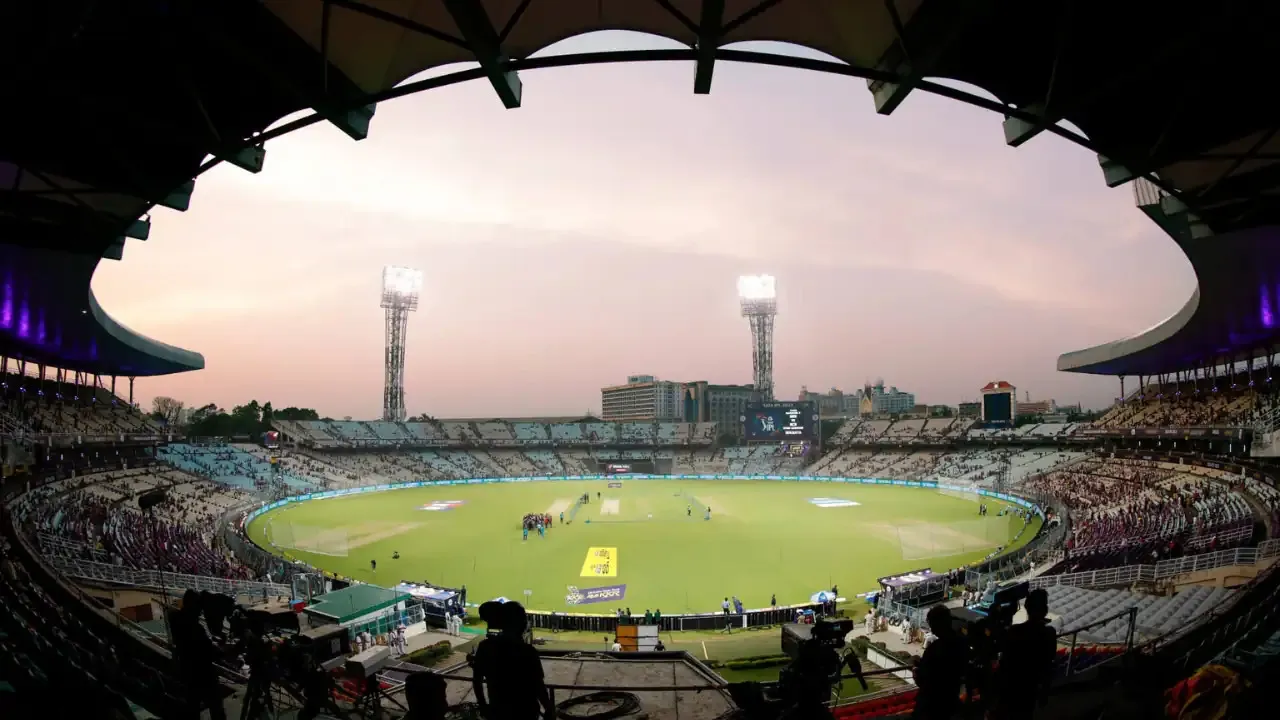
5. Arun Jaitley Stadium, Delhi (Delhi Capitals)
Designers used Indian sandstone to build this Delhi arena and integrated it with modern features. The multiple levels bring fans closer to the sports, so they have a clearer view. Changes in 2023 involved adding bright LED lights, more space for walking, and new seating with improved comfort.
The facade of the building includes carved jaalis and decorative motifs as a nod to Delhi’s architectural past. Planners applied crowd movement research to design safe, efficient, and comfortable concourses for all spectators.
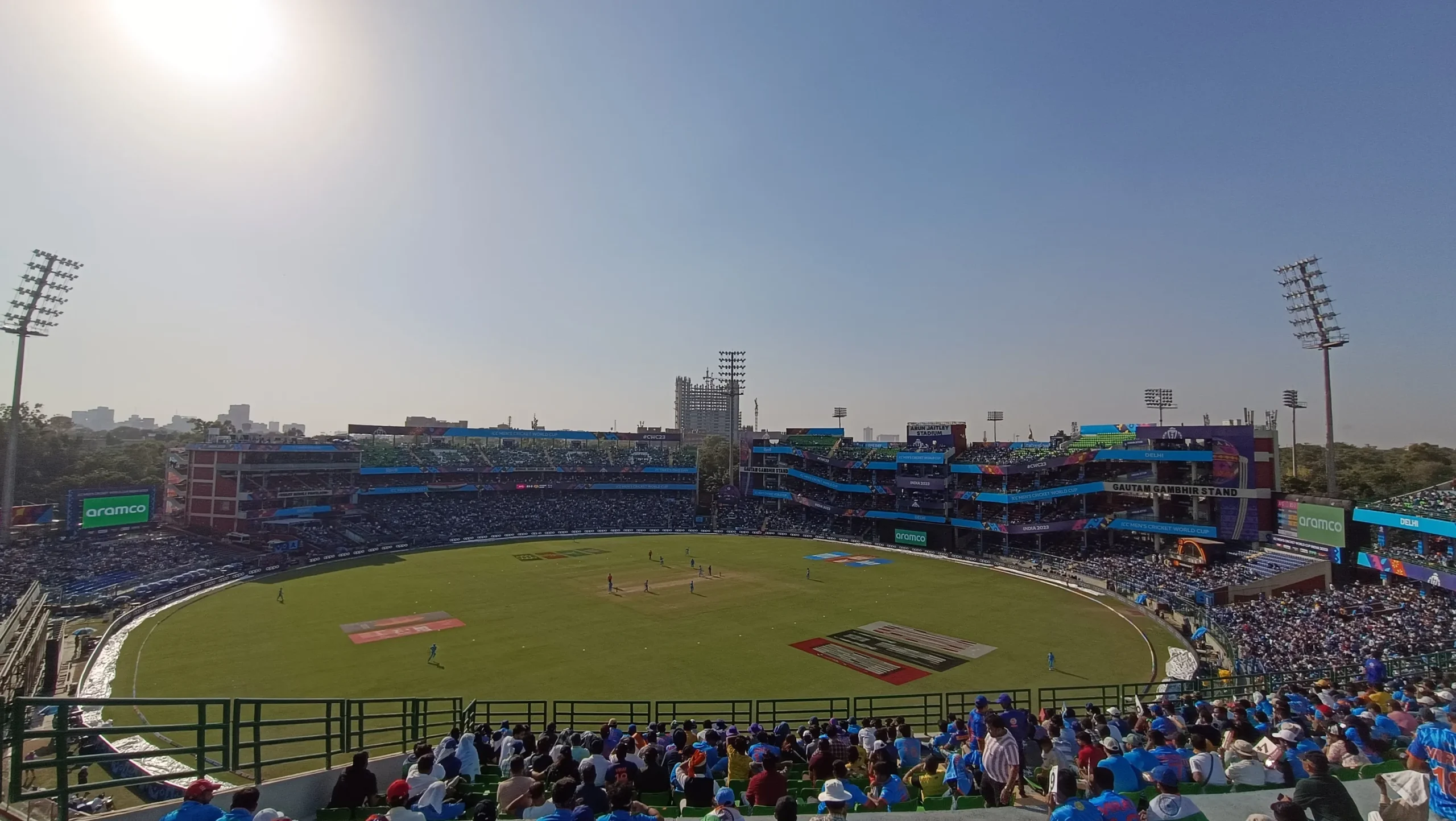
6. M. Chinnaswamy Stadium, Bengaluru (Royal Challengers Bangalore)
Cricket fans call Chinnaswamy “The Green Stadium” because it pioneered eco-friendly design in Indian sports venues. Engineers installed solar panels that supply around 40% of the stadium’s energy, along with an STP and an aeration system to maintain the pitch.
Its roof, made of steel and translucent panels, allows natural light in and protects the area. Designers made the stadium for Bengaluru’s climate by using natural cooling techniques and reducing water waste.
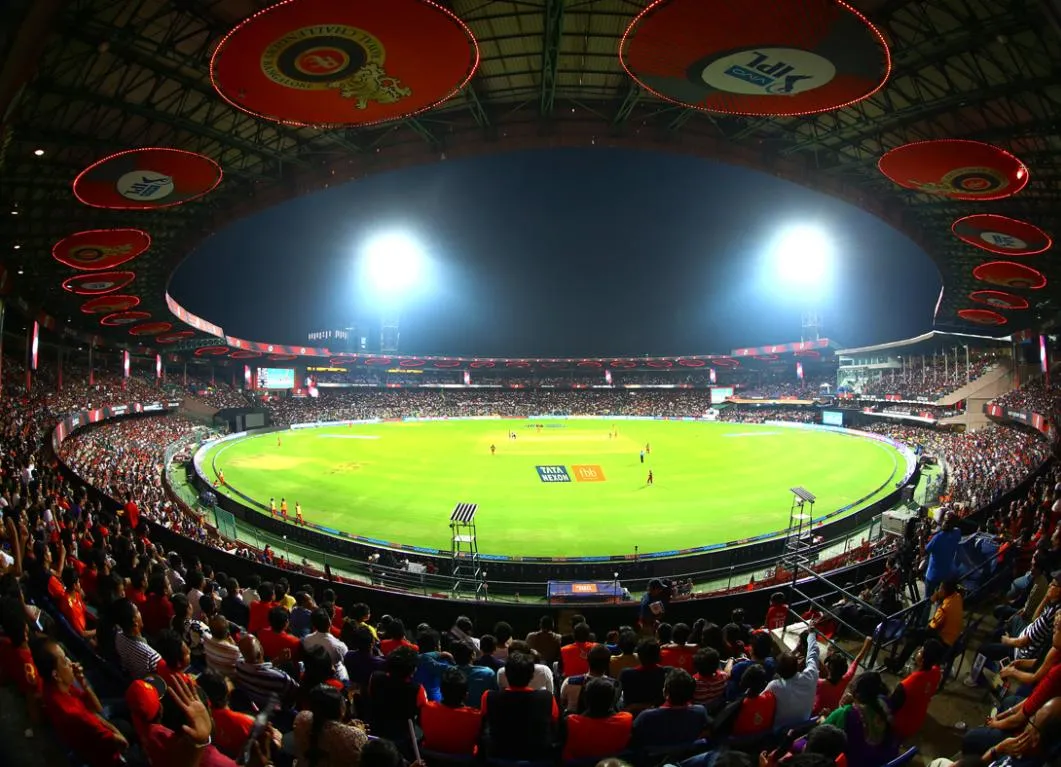
7. Rajiv Gandhi Stadium, Hyderabad (Sunrisers Hyderabad)
It is well-known for its straightforward yet strong structure. Because it is minimalist, the use of local stone and concrete gives the building a solid look. The open construction allows air to flow freely and helps people exit quickly during large events.
Because the stadium’s bowl is elliptical, every seat has a clear view of the action. They installed rainwater harvesting systems and solar-powered equipment for the building’s green initiative. Built on the Deccan Plateau, the stadium features amphitheater-style seating.
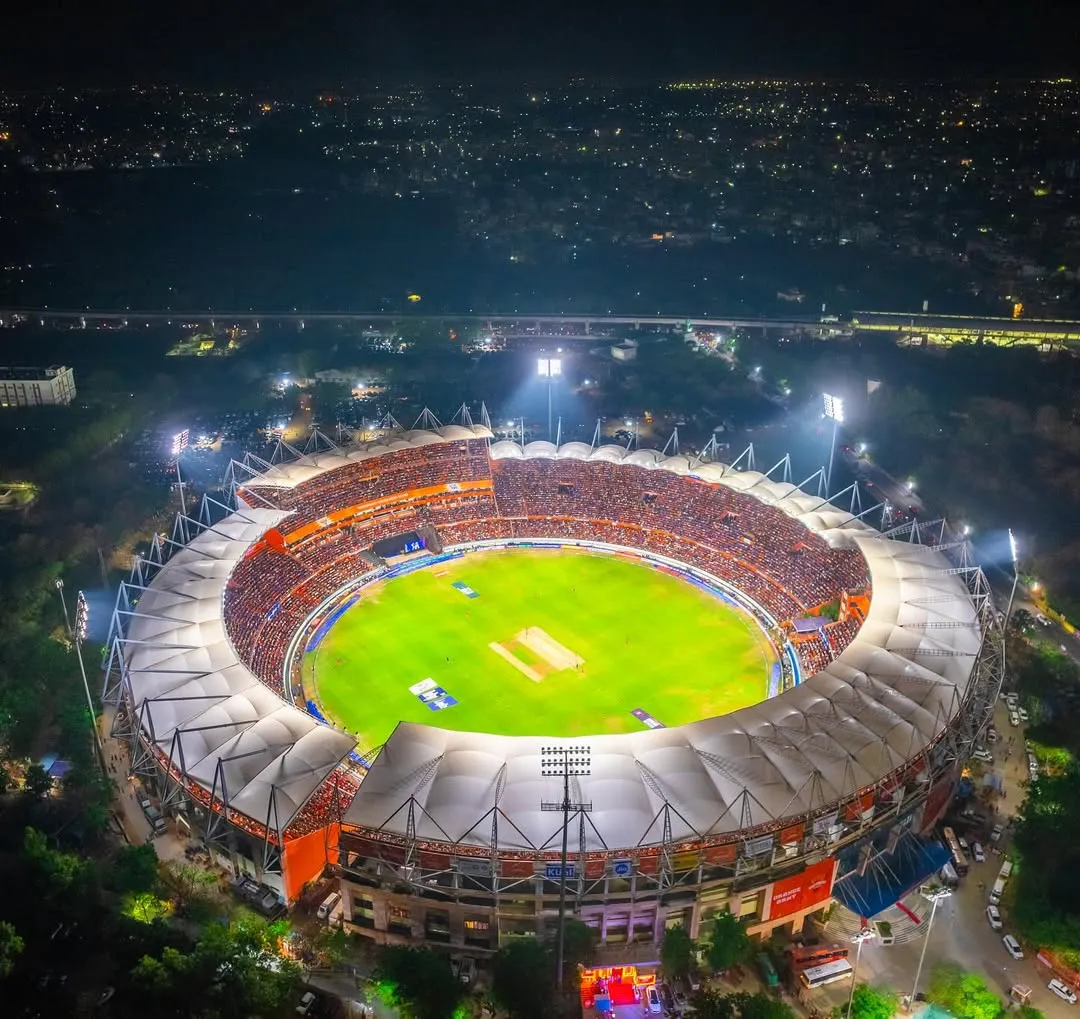
8. Sawai Mansingh Stadium, Jaipur (Rajasthan Royals)
The stadium proudly showcases Rajput architecture featuring intricately restored jaalis (latticed screens), bright red sandstone facades, and domed pavilions that contribute to the majestic atmosphere here.
The team modernized the stadium by adding new seating, brighter lighting, and enhanced hospitality areas while still keeping the traditional craftsmanship style. It demonstrates that design can reflect regional styles in modern construction projects.

9. Ekana Cricket Stadium, Lucknow (Lucknow Super Giants)
The stadium’s modern design represents Lucknow’s progress towards being a smart city. It has cantilevered, aerodynamic roofing, VIP sky boxes, and a straight boundary that is one of the longest in the IPL.
Architects curved the stands and constructed their striking fronts using aluminum composite panels with integrated lighting designed to produce an impressive night appearance. Architects incorporated global accessibility standards into the stadium’s design.
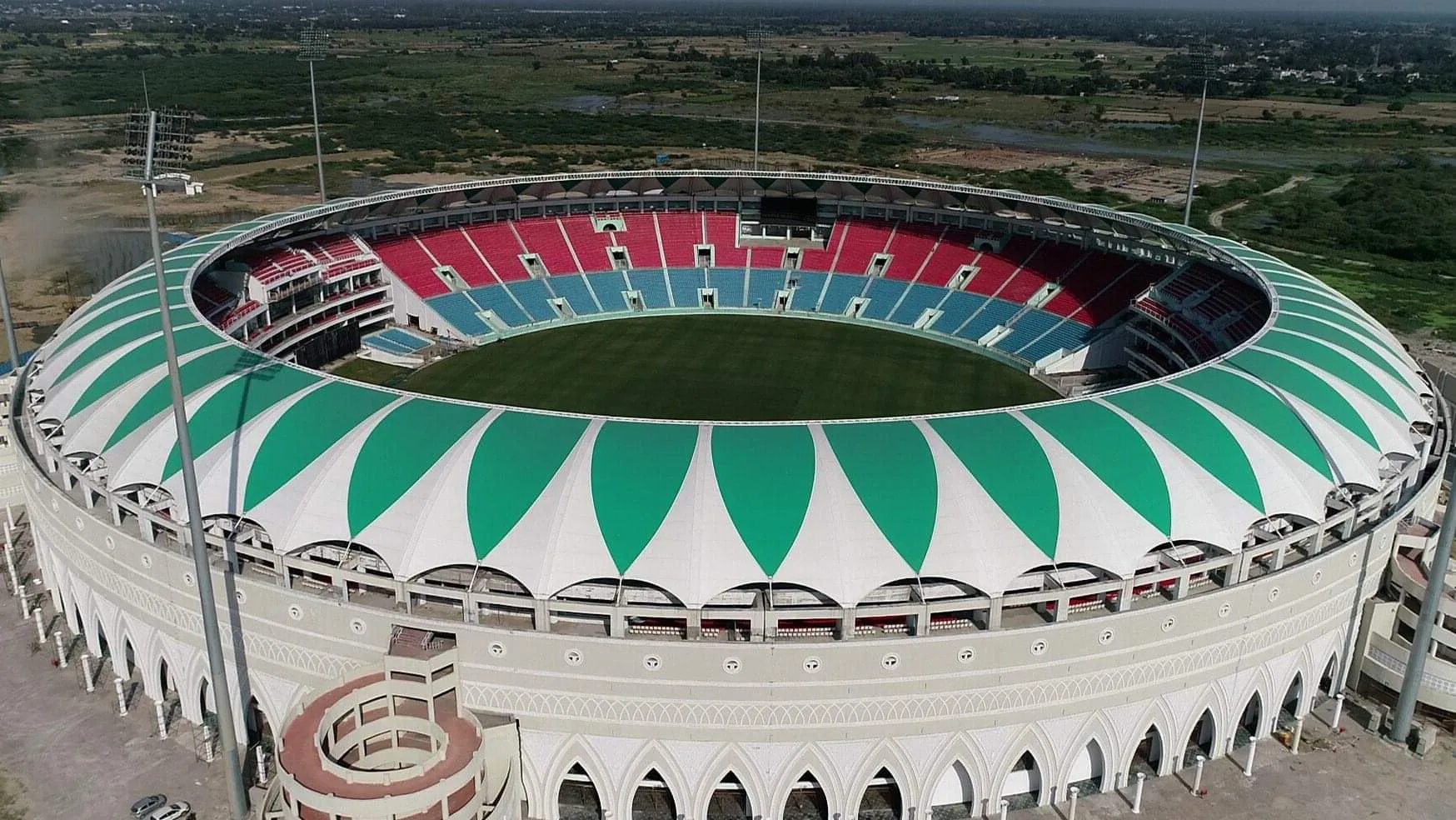
10. PCA IS Bindra Stadium, Mohali (Punjab Kings)
The PCA stadium reflects the latest trends in Indian architecture as its small stand structures allow fans to be very close to the pitch, thereby enhancing their involvement. The open design enables cross-ventilation, while the distinct floodlight towers have their base tilted to prevent glare.
The layout, greenery, and ease of providing efficient services reflect Chandigarh’s design philosophy. Some new features are smart ticketing, special zones for athlete recover,y and environmentally friendly restrooms.
They are not just places to watch cricket; they also show the beauty of Indian design. The sustainability ideas at Chinnaswamy and the luxury found at Sawai Mansingh are examples of India’s mixed design heritage. The stadiums remind us of how tradition mixed with technology and city architecture has become a strong part of India’s identity.





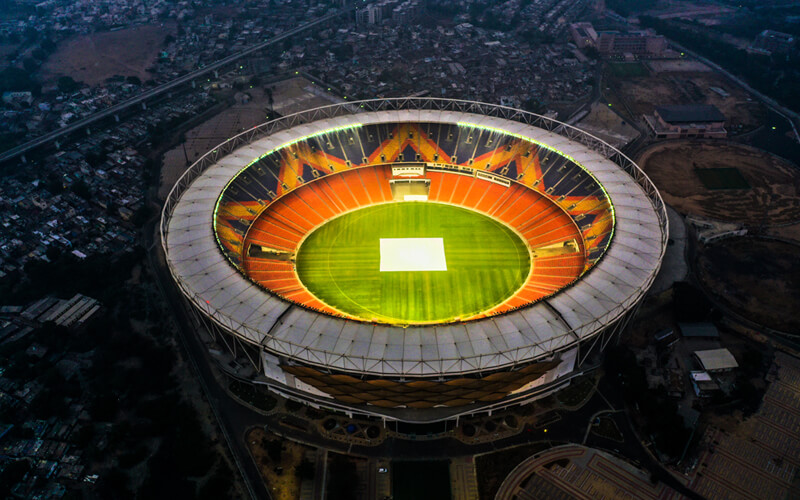
























Leave a comment